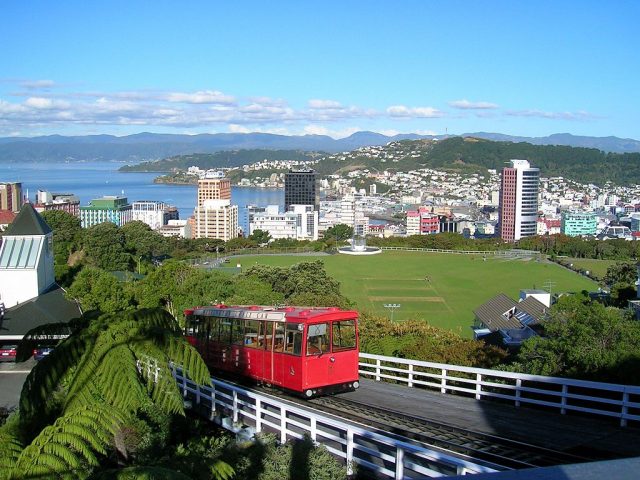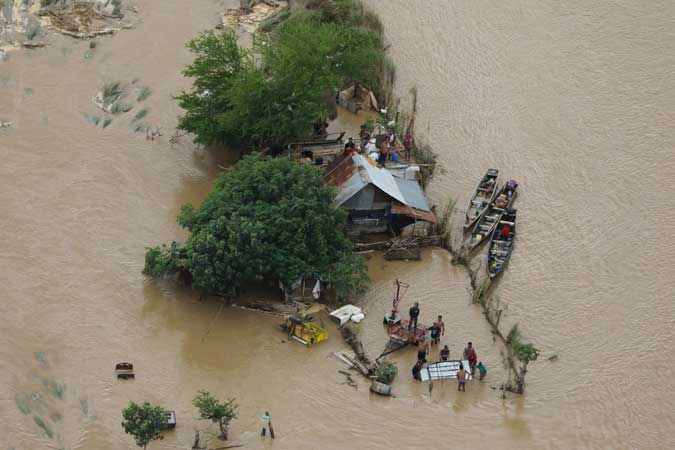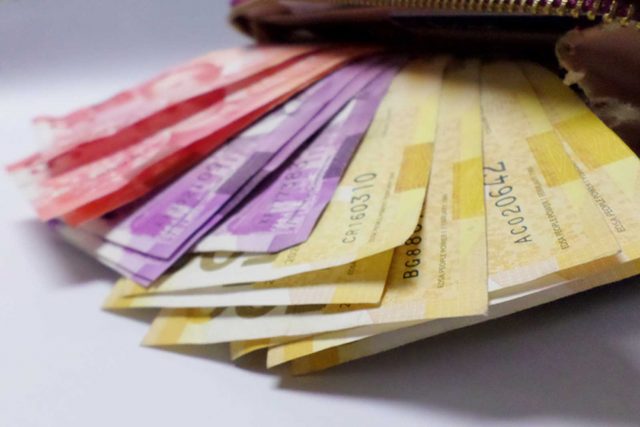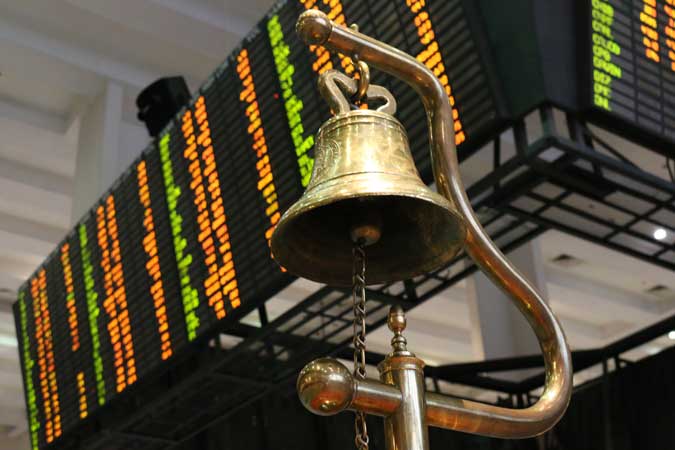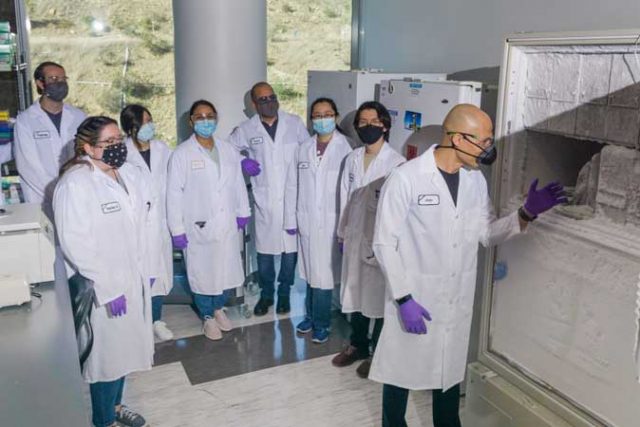THE PHILIPPINE ECONOMY exited recession in the second quarter, after growing a faster-than-expected 11.8%, according to the Philippine Statistics Authority (PSA).
However, a surge in coronavirus disease 2019 (COVID-19) infections driven by the more contagious Delta variant and renewed mobility restrictions are likely to weigh on economic growth for the rest of the year.
After five straight quarters of decline, gross domestic product (GDP) jumped by 11.8% in the April to June period, a reversal from the revised 3.9% decline in the first quarter of 2021 and the record 17% contraction in the second quarter of 2020.

This marked the first time the Philippine economy posted growth since the fourth quarter of 2019, right before stringent lockdown measures were implemented to curb the spread of COVID-19.
On a year-on-year basis, the second-quarter result was the fastest growth recorded since the 12% print in the fourth quarter of 1988.
It also beat the 10.6% median growth estimate in a BusinessWorld poll of 20 economists conducted last week.
However, the Philippines’ recovery momentum slipped, as GDP declined by a seasonally adjusted 1.3% on a quarter-on-quarter basis following a 0.7% growth in the first quarter. The last quarterly decline was recorded in the second quarter last year with a seasonally adjusted contraction of 15.1%.
Metro Manila and nearby provinces were under the strictest lockdown from late March to mid-April this year, as COVID-19 cases surged.
“The robust performance is driven by more than just base effects. It is the result of a better balance between addressing COVID-19 and the need to restore jobs and incomes of the people,” Socioeconomic Planning Secretary Karl Kendrick T. Chua, Department of Finance Secretary Carlos G. Dominguez III and Department of Budget and Management Officer-in-Charge Tina Rose Marie L. Canda said in a joint statement.
Household spending, which accounts for around three-fourths of GDP, posted a year-on-year 7.2% growth in the second quarter compared with the -4.7% and -15.3% in the first quarter and the second quarter of 2020, respectively. Seasonally adjusted, it declined by 2.4% in the second quarter versus last year’s -13.3%.
The investment component, which is represented in the data as capital formation, expanded by an annual 75.5% in the second quarter from the year-on-year declines of 14.8% and 51.5% in the first quarter of this year and second quarter last year, respectively. This was the fastest since the 43.8% growth recorded in the third quarter of 2010.
Trade saw a similar trend during the period with exports of goods and services jumping by 27% year on year compared with the -8.8% and -33.5% in the first quarter of 2021 and second quarter of 2020, respectively. Meanwhile, imports rose by 37.8%, a reversal from the -7% in the previous three-month period and the -37.3% in the same period last year.
On the other hand, government spending dropped by 4.9% in the second quarter — the first time since the 2.1% fall in the first quarter of 2017.
The industry sector recorded a 20.8% year-on-year expansion in the second quarter, the fastest since the 22.8% reading in the fourth quarter of 1988. Meanwhile, services went up by 9.6%, the fastest annual growth since the 9.8% in the second quarter of 2004. On the other hand, agriculture, forestry, and fishing dipped by 0.1% from -1.3% in the preceding quarter and 1.6% growth in the same period last year.
Accounting for seasonal factors, however, industry and agriculture rose by 1.1% and 0.6% in the second quarter, respectively. On the other hand, services declined by 2.8%.
“[A]lmost all sectors bounced back despite the imposition of the ECQ (enhanced community quarantine) and the MECQ (modified enhanced community quarantine) last April and May 2021. This is a clear indication that managing risks, instead of shutting down large segments of the economy, stands a far better chance of improving both economic and health outcomes,” the economic managers said.
They added prospects for a strong rebound this year “remain promising.”
“Although there are speed bumps given the current ECQ in Metro Manila and other parts of the country, we are now better equipped to sustain continuous positive growth,” the economic managers said.
Metro Manila and its nearby provinces are under a two-week ECQ until Aug. 20 to help curb a surge in COVID-19 cases due to the more transmissible Delta variant.
STRONG REBOUND UNLIKELY
For the first half, GDP rose by 3.7%, still below the government’s full-year growth target of 6-7%.
The economy has to grow by at least 8.2% in the second half to meet at least the lower end of the target range, PSA Chief Claire Dennis S. Mapa said at a press briefing.
“On the other hand, if we want to hit the 7%, the economy should grow by 10.2% during the second half,” he said.
Analysts were not as optimistic.
“Despite the double-digit expansion on a [year-on-year] basis, economic momentum actually slowed in [the second quarter] with GDP contracting 1.3% on a [quarter-on-quarter] basis after authorities reimposed tighter mobility restrictions in April,” said ING Bank N.V. Manila Senior Economist Nicholas Antonio T. Mapa in a statement to reporters.
“The resumption of lockdowns in April and in August have derailed the economic recovery with the economy backtracking by 1.3% in the second quarter and we can expect this trend to continue in the second half of the year,” Mr. Mapa added.
Alex Holmes, economist at Capital Economics, said the country’s chances of a strong economic rebound this year are “looking slim” given the new surge in virus cases.
“The government’s 6-7% GDP growth forecast for the year now looks out of reach,” he said in a separate statement. “[T]he worsening spread of the virus means we are cutting our 2021 growth forecast, from 6.0% to 5.0%.”
Pantheon Macroeconomics Senior Asia Economist Miguel Chanco was also less upbeat, noting the 2.4% quarter-on-quarter drop in household spending more than reversed the “relatively modest gains” made in the previous two quarters.
Mr. Chanco said the only silver lining in the GDP report was the 12.2% seasonally adjusted growth in total investment based on their calculations, but noted the “punchy gains” made since the third quarter of last year “primarily have been a function of catch-up growth.”
“Capex (capital expenditure) was hit hardest by the virus last year and it remains 15% below the pre-pandemic level, despite the near-75% rise over the last four quarters. All told, it now looks like GDP growth in the mid-4% range is the best the Philippines can hope for this year,” he said in a separate statement.
ANZ Research Senior Economist Bansi Madhavani and Chief Economist for Southeast Asia and India Sanjay Mathur noted headwinds to economic recovery such as high unemployment and underemployment, limited household savings and the banks’ “low propensity to lend.”
“[The latest] data release does not affirm growth recovery. Rather, it confirms that recovery will likely be gradual and protracted,” they said in a note. — Bernadette Therese M. Gadon with inputs from Beatrice M. Laforga and Luz Wendy T. Noble

